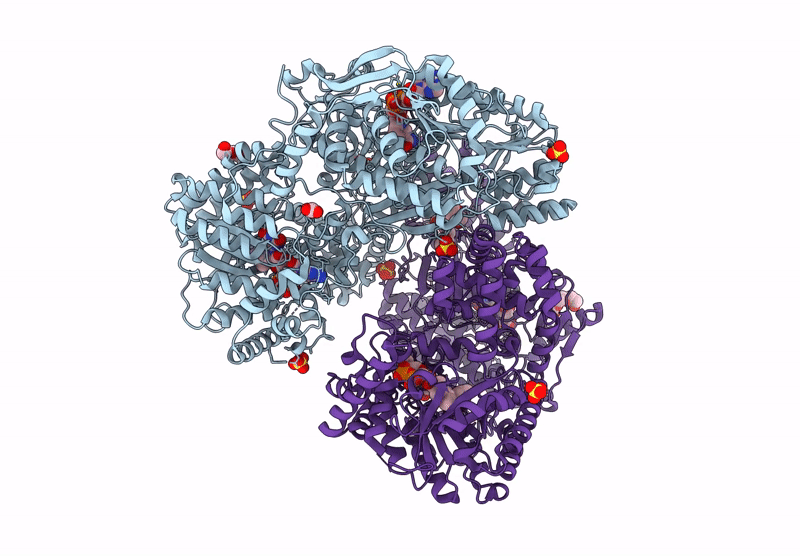
Deposition Date
2024-10-28
Release Date
2025-02-05
Last Version Date
2025-02-19
Entry Detail
PDB ID:
9E5W
Keywords:
Title:
Proline utilization A (PutA) from Sinorhizobium meliloti inactivated by N-propargylglycine
Biological Source:
Source Organism:
Sinorhizobium meliloti (Taxon ID: 382)
Host Organism:
Method Details:
Experimental Method:
Resolution:
1.52 Å
R-Value Free:
0.21
R-Value Work:
0.19
R-Value Observed:
0.19
Space Group:
P 1 21 1


